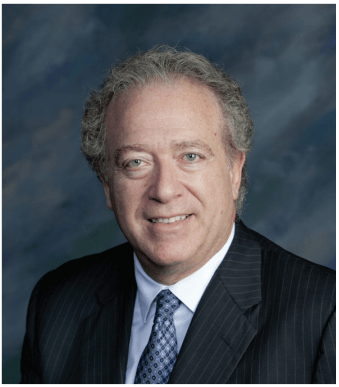POWERPOINT CAN HELP YOU PROVE YOUR POINT AT MEDICAL MALPRACTICE MEDIATIONS
Posted on Feb 10, 2017 |Publications
 By: Steven B. Tannenbaum, Esq.
By: Steven B. Tannenbaum, Esq.
April, 2014
The parties to a medical malpractice mediation can assist the neutral in helping them achieve a resolution of the claim in issue by presenting their respective positions in a clear and concise manner which helps to identify and limit complex medical issues. Traditionally, the parties to such a mediation have provided the neutral with a mediation brief which includes, amongst other things, copies of medical records, copies of relevant medical articles and on occasion, a medical brief addressing both the issues of liability and causation. Such submissions are undoubtedly important in helping the neutral to bring the parties to a mutually satisfactory resolution, but the use of modern technology is just as important in the mediation room as it is in the court room.
A PowerPoint presentation is an excellent tool to use in the mediation of a medical malpractice case. A recent mediation involved a claim of medical malpractice against an internist (who ordered a chest x-ray as part of a preoperative surgical clearance for a total hip replacement) and the radiologist who performed the x-ray. Plaintiff's position was that the respective doctors departed from accepted standards of medical practice by failing to properly interpret and report upon the chest x-ray, which found a small mass on one of the lungs of the plaintiff, who had been a lifetime smoker. Subsequently, after the hip replacement surgery was performed, the plaintiff started to cough and a chest x-ray was ordered by another physician which showed a progression of the initial mass. The defendants concentrated their defense on the issue of causation, which is a legitimate issue when a plaintiff complains of a failure to timely diagnose cancer.
At the mediation, each of the respective parties used a PowerPoint Presentation to demonstrate their positions. Plaintiff's counsel prepared PowerPoint slides to create a timeline in order to demonstrate to the mediator exactly what had occurred. The PowerPoint presentation included the request from the orthopedic surgeon to the internist requesting medical clearance to perform a total hip replacement. The request specifically asked for the internist to order a chest x-ray. Additional PowerPoint slides were presented chronologically showing the results of the initial chest x-ray which raised suspicions of a mass and suggested further testing and/or clinical follow-up, and the radiology report from the x-ray taken subsequent to the hip replacement surgery which described an increase in the size of the mass.
The defendants, basing their respective defenses upon the issue of causation, used charts to demonstrate their position that the delay in diagnosis of the mass, which turned out to be cancerous, did not alter the ultimate outcome of the plaintiff's cancer.The presentation of the case in this manner assisted the mediator in visualizing and understanding the evidence in the case and in ultimately bringing the case to a successful resolution. The PowerPoint slides additionally assisted counsel for the respective parties in viewing evidence which would ultimately have been presented at trial, thereby giving each of the parties a clear view of opposing counsel's planned trial strategy and an opportunity to reassess their own positions. The PowerPoint presentations by the respective sides proved to be much more powerful support for each of the parties' positions than a traditional mediation brief would have provided. Although a mediation is not as formal as a trial setting, the parties should come to the table well prepared, with the goal of conveying their case powerfully. When a neutral is given a presentation in such a manner, all parties to the mediation will reap significant benefits.
_________________________________________________________________________________
Steven B. Tannenbaum, Esq., a skilled litigator in the malpractice and commercial fields, is a member of NAM's (National Arbitration and Mediation) Hearing Officer Panel and is available to hear arbitrations and mediations throughout the New York Metro area.
Click here to view Steven Tannenbaum's resume.
For any questions or comments, please contact Jacqueline I. Silvey, Esq. / NAM General Counsel, via email at jsilvey@namadr.com or direct dial telephone at 516-941-3228.